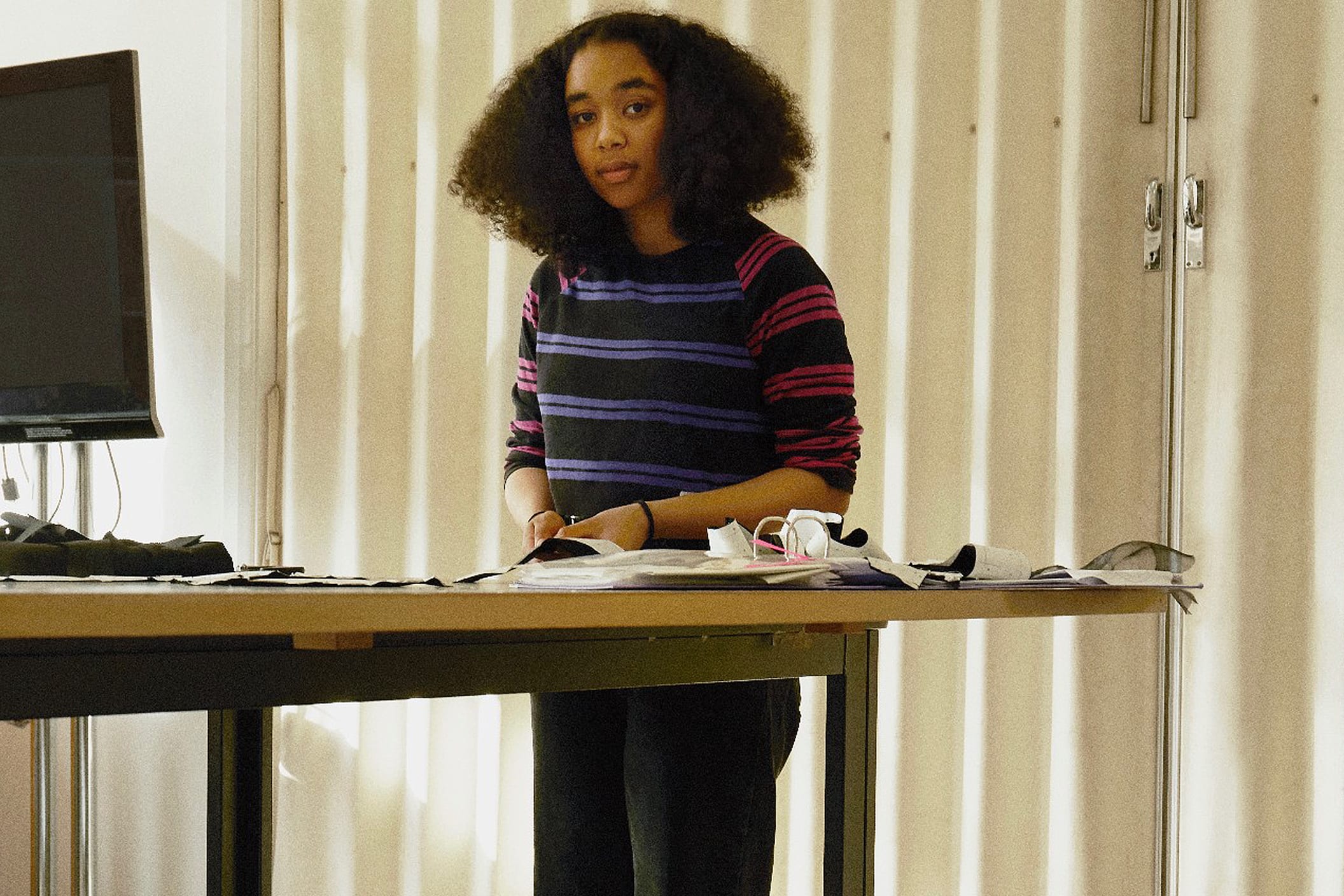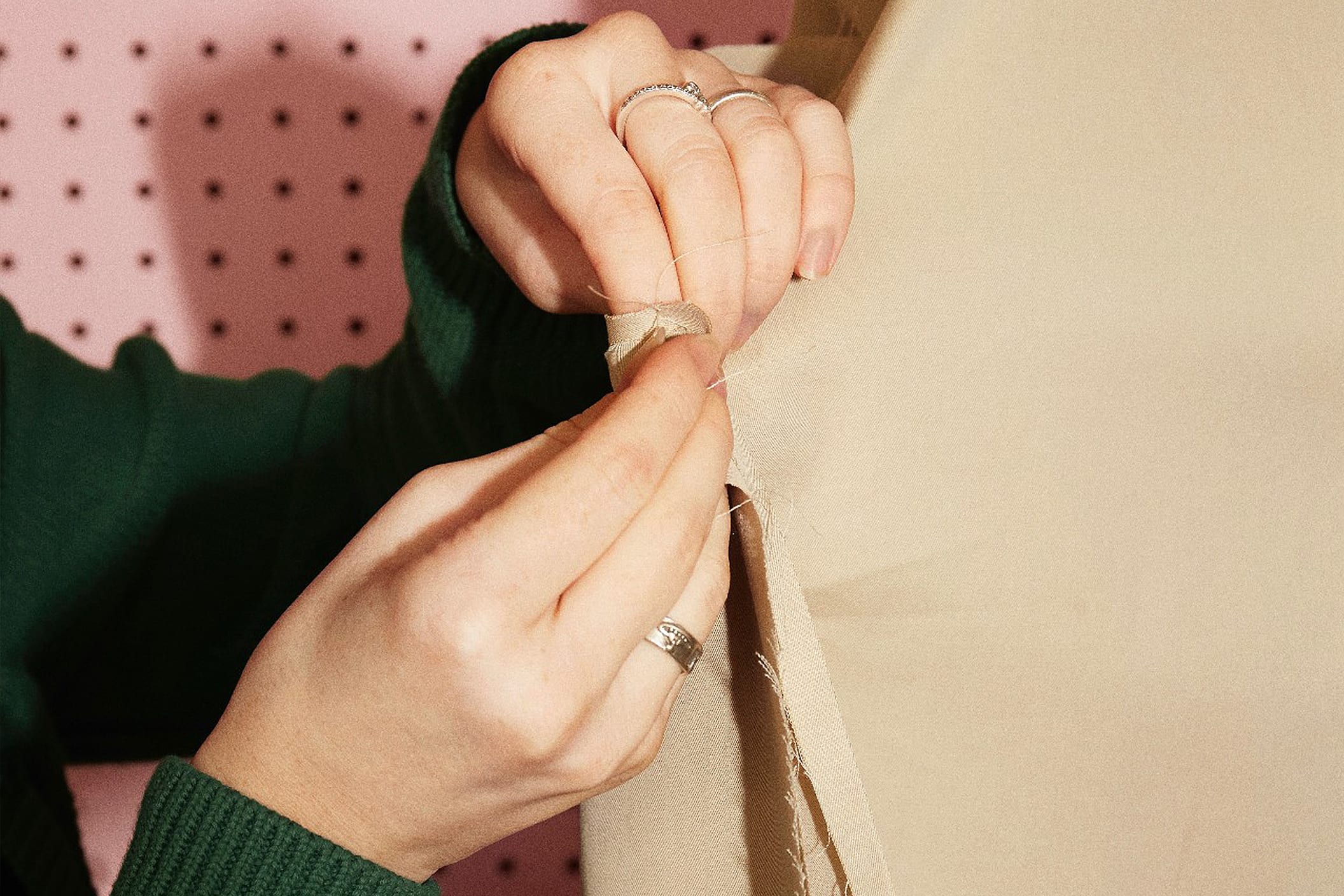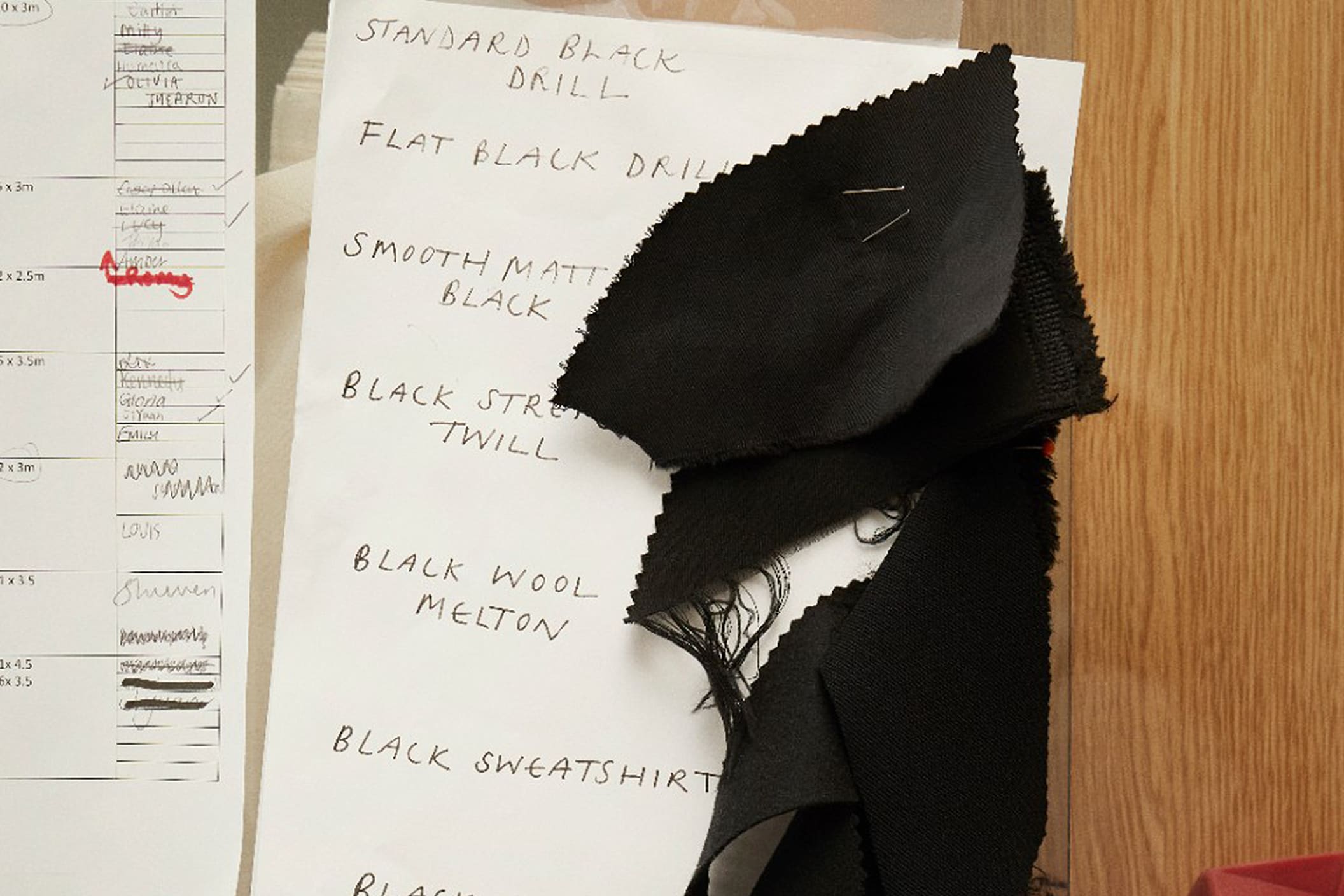Burberry donates thousands in free fabric to fashion schools
ReBurberry sees 12,000 yards of deadstock material donated to schools all over the UK for the next gen design talent
ReBurberry sees 12,000 yards of deadstock material donated to schools all over the UK for the next gen design talent
When I went to art school, one of the most humbling experiences was realising that there were a lot of rich students named Tilly and Milo who had access to better opportunities. Whether it was connections in the industry, internships from friends, or not having to work while studying, the deck is stacked firmly in favour of creatives with wealthy parents. And ultimately, this hurts everyone, because creative industries suffer when they revolve around a tiny elite.
But never fear, fashion students: Burberry and the British Fashion Council‘s ReBurberry Fabric Programme is back, baby. Launched in 2020, the programme provides donations of leftover fabrics to fashion students, upcycling surplus fabric and saving it from going to waste. Basically: it’s high-quality materials, for free, which helps to support creative communities and promote a circular economy.
To date, Burberry and the BFC have donated over 12,000 metres of fabric to more than 30 art schools in the UK, including the Edinburgh College of Art and the University of Brighton. It’s important because, on fashion degrees and creative courses, not everyone has access to the same budgets to buy materials, which can hamper the chances of some designers. The programme enables new designers to work with materials they otherwise would not be able to access, while expanding their options when it comes to design and also reducing waste.

‘For me, the most important aspect of the initiative would be that it allows students like myself to work with fabrics they wouldn’t have had access to before,” says Georgia Bate, a student at the University of Brighton. “As new designers, we want to be working with as many different types of fabrics as possible in our experiments and in the trialling stages. Along with being very wasteful, this process can be really limited and hard to do when keeping to a budget.”
Cayley Cochrane, a fashion student at Edinburgh College of Art, thinks fabric is one of the most vital elements within design. “This initiative allowed me to experiment – draping stretch wool and combining it with my handwoven and braided rope into a one-of-a-kind creation,” she says. “In the future, thanks to this initiative, I will be working with a more sustainable approach, repurposing and continuing to use deadstock materials.”


Nicole Lovette, Burberry’s Responsibility Programme Director, also said in a statement: “We are committed to supporting the next generation of exciting creatives while ensuring we all do what we can to protect the environment.
“We’re proud to be working with the British Fashion Council once more to help emerging diverse talent achieve their ambitions, while reinforcing the importance of sustainable practices and circularity,” she added. “By equipping students with these materials and tools to help their creativity thrive, we can all create a better future for our industry.”
Of course, it’s going to take more than one programme to open up studying the arts to people from all backgrounds. But free, high-quality materials are absolutely something to celebrate, both from a class and climate perspective. The ReBurberry Fabric Programme is providing a blueprint for brands and colleges to work together to offer practical support for future talent.



